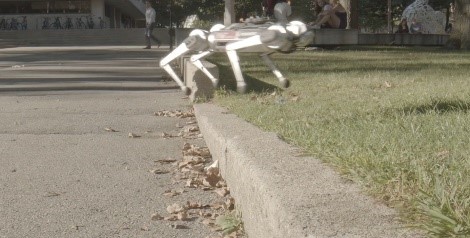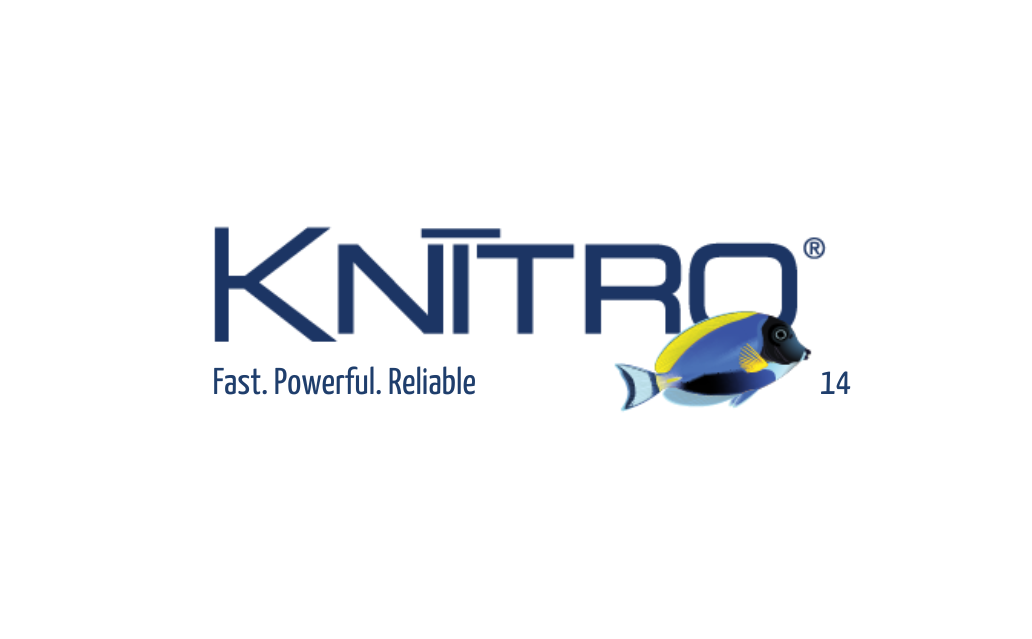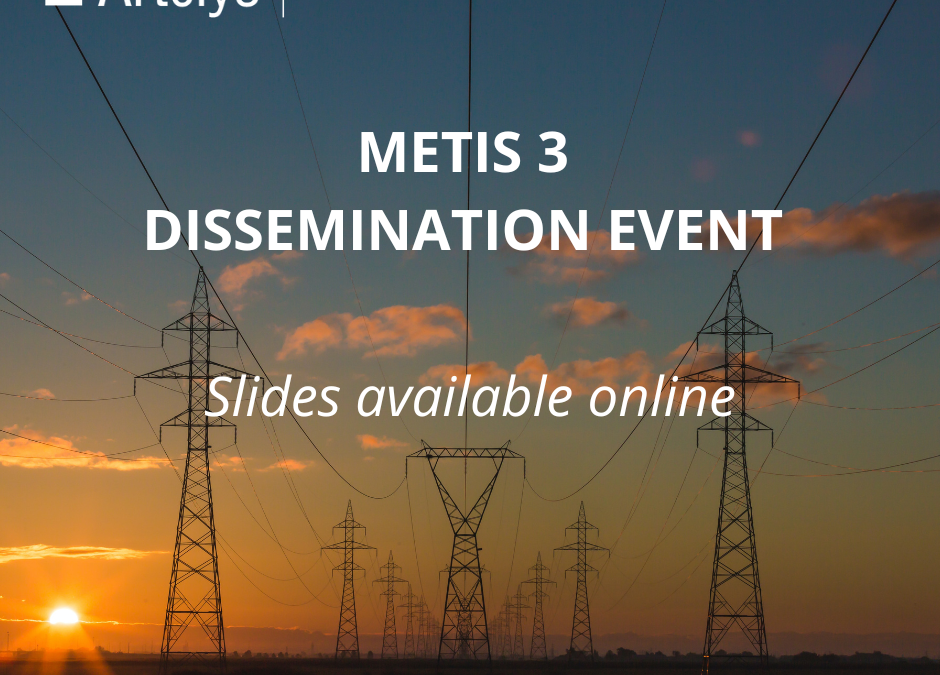The MIT Biomimetic Robotics Lab uses Artelys Knitro to achieve High speed landing of quadruped robots
Trajectory optimization
The Biomimetic Robotics Lab at the Massachusetts Institute of Technology (MIT) has been using Artelys Knitro for real-time control of their legged robots: the MIT Mini Cheetah and the MIT Humanoid. Trajectory optimization is an essential process for real-time control of legged robots. Optimal control for legged systems is a challenging problem that must contend with nonlinear, hybrid dynamics and complicated, high degree-of-freedom kinematics. In the case of the Mini Cheetah, this optimization process is used to plan complicated motions such as jumps, aerial spins, backflips, and barrel rolls.
The ability to perform these motions greatly expands the range of environments the robot is capable of traversing, which is crucial as these robots are meant to be deployed operationally. Since incorporating Artelys Knitro into the software, the lab has been able to implement a number of new, real-time controllers on their robots using nonlinear optimization. Even after testing other state-of-the-art nonlinear optimization solvers, Artelys Knitro was the only one capable of performing fast enough to be deployed onboard their robot.

Model predictive controllers
For the Mini Cheetah, a nonlinear model predictive controller (MPC) was implemented for landing. The optimization was formulated with complementarity constraints, which make the nonlinear program (NLP) challenging for many solvers, but Artelys Knitro was able to find solutions at roughly 5-10 Hz (i.e., between 5 and 10 problems are solved every second). The team used a nonlinear trajectory optimization including contact complementary constraints to find optimal landing postures. Because real-time performance is so important in the short duration of a fall, Artelys Knitro was used over other solvers for its speed and reliable convergence.
For the MIT Humanoid, a nonlinear predictive controller was implemented that leverages the MIT Humanoid’s arms to improve balance and locomotion. The complex nonlinear optimization can solve complex arm motions in response to large disturbances. Artelys Knitro solved these motions at 40 Hz and helped demonstrate successful landings in both simulation and hardware.
If you want to know more about Artelys Knitro applications, you can contact us or visit the dedicated web page.

Innovative grid technologies can improve renewable energy integration in the Latvian grid by up to 40%
—The power grid faces challenges in managing the increasing amounts of new wind and solar power generation. Grid Enhancing Technologies (GETs) are essential for optimizing the use of the existing infrastructure. Artelys carried out a study for Latvian Transmission System Operator (TSO) AST to assess the renewable generation hosting capacity of the transmission grid and to evaluate the benefits that GETs can provide to renewable integration. The study performed simulations using the open-source optimal flow tool, PowSyBI Metrix. Results show that Grid Enhancing Technologies can increase Renewable Energy Sources (RES) hosting capacity by up to 40% and were announced in the following press release.

Artelys Knitro 14.1: delivers very quick solutions on non-convex models
— We are pleased to announce that Artelys Knitro 14.0 is now available! This new version enables compagnies to solve complex non-linear optimization problems with unprecedented efficency and precision.

You missed the METIS 3 Dissemination event? The slides are now available!
— Artelys was thrilled to organize the METIS 3 Dissemination webinar on April 17, which was a great opportunity to present key studies and upgrades of METIS models and datasets conducted in the last four years, including exciting discussions with external panelists!

Artelys participates in the demonstration of large-scale underground hydrogen storage in Europe
— Artelys is involved in the five-year project FrHyGe funded by the European Commission via the Clean Hydrogen Partnership.
subscribe to our newsletters
© ARTELYS • All rights reserved • Legal mentions